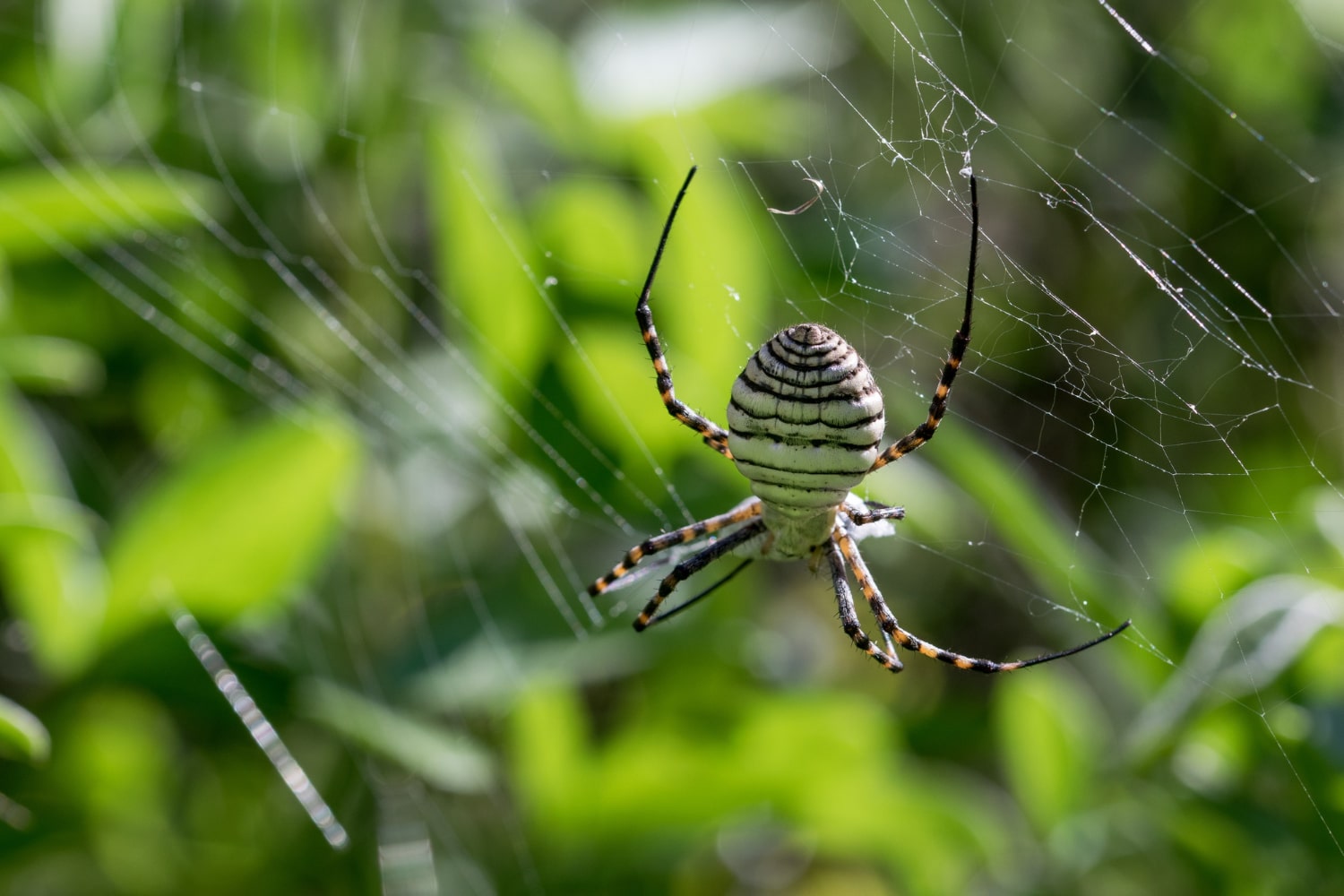Spiders are among the most remarkable and widespread creatures on Earth. They can be found on every continent except Antarctica, and they play a very important role in natural ecosystems. The structure, lifestyle, and behavior of spiders have long fascinated scientists, and many of their secrets remain undiscovered. These fascinating facts will help you see spiders from a different perspective and better understand how important they are to both nature and humans. You might not know that spiders possess many unique traits that set them apart from other organisms.
- Spiders belong to the class of arachnids and have eight legs instead of six like insects. Their legs are covered with sensitive hairs that detect the slightest vibrations in the air and on the ground. This allows them to navigate and hunt even in complete darkness.
- Most spiders have eight eyes, but their number and arrangement can vary depending on the species. Some species have very poor vision, while others, such as jumping spiders, see exceptionally well. Vision is often complemented by vibration detection, creating a highly effective navigation system.
- Spiders produce silk, which is considered one of the strongest natural materials in the world. It is several times stronger than steel of the same thickness, yet very flexible. Spider silk is used to build webs, create egg sacs, and capture prey.
- Some spiders can produce several types of silk for different purposes. One type is used for the framework of the web, another for the sticky spiral threads, and yet another for protecting eggs. This shows a high level of specialization and complexity in their way of life.
- Not all spiders build webs to hunt. For example, wolf spiders and jumping spiders actively hunt by using their speed and agility. Their hunting strategies often resemble those of small predatory mammals.
- Spiders are important regulators of insect populations in nature. A single spider can consume thousands of insects during its lifetime, including many agricultural pests. For this reason, they can be considered natural allies of farmers and gardeners.
- There are over 50,000 known species of spiders, and new ones are discovered every year. They differ in size, coloration, and hunting methods. The smallest species measure less than one millimeter, while the largest, such as tarantulas, can reach a leg span of over 30 centimeters.
- Some spiders can travel long distances by using the wind to carry their silk threads. This phenomenon is called ballooning and is especially common among young spiders seeking new territories to inhabit.
- The digestive system of spiders is unusual because digestion begins outside their body. They inject digestive enzymes into their prey, which liquefy the tissues, and then they suck up the resulting fluid. This means they feed exclusively on liquid food.
- Although many people fear spiders, most species are completely harmless to humans. Only a few dozen species have venom strong enough to pose a threat. Spiders generally avoid contact with humans and bite only in self-defense.
- Spiders can live in a wide variety of environments, from tropical forests to deserts and even caves. Some species have adapted to life in water, where they create silk air bubbles for breathing. This demonstrates their remarkable adaptability.
- In many cultures, spiders symbolize diligence, patience, and skill. Their ability to create perfect webs has inspired myths and legends for centuries.
- Spiders can regenerate lost legs during subsequent molts. This ability helps them survive injuries and maintain mobility.
- Some tropical species have bright, vivid colors such as red, blue, yellow, or even purple. Such coloration can attract mates or scare off predators.
- Scientists are studying spider silk for potential use in medicine and industry. Due to its strength and elasticity, it could be used in making surgical sutures, lightweight yet strong fabrics, and even protective materials.
Spiders are not only small predators but also an essential part of nature with remarkable complexity. Their behavior, structure, and adaptability to various environments make them unique inhabitants of our planet. These interesting facts show that spiders deserve more understanding and respect from humans. The role they play in nature is immense and cannot be overstated.





